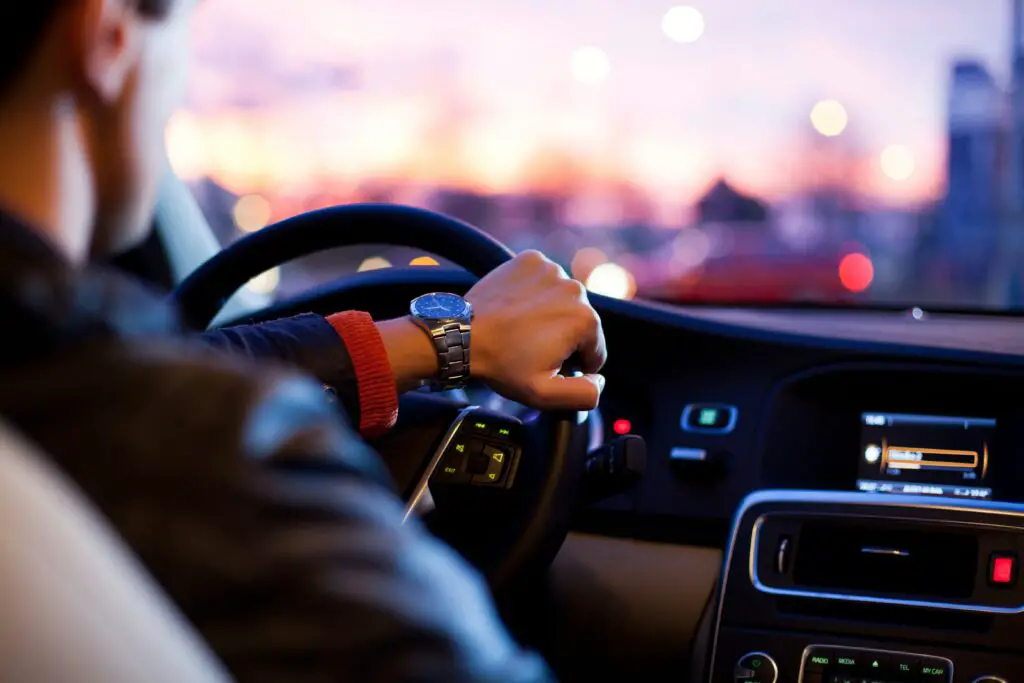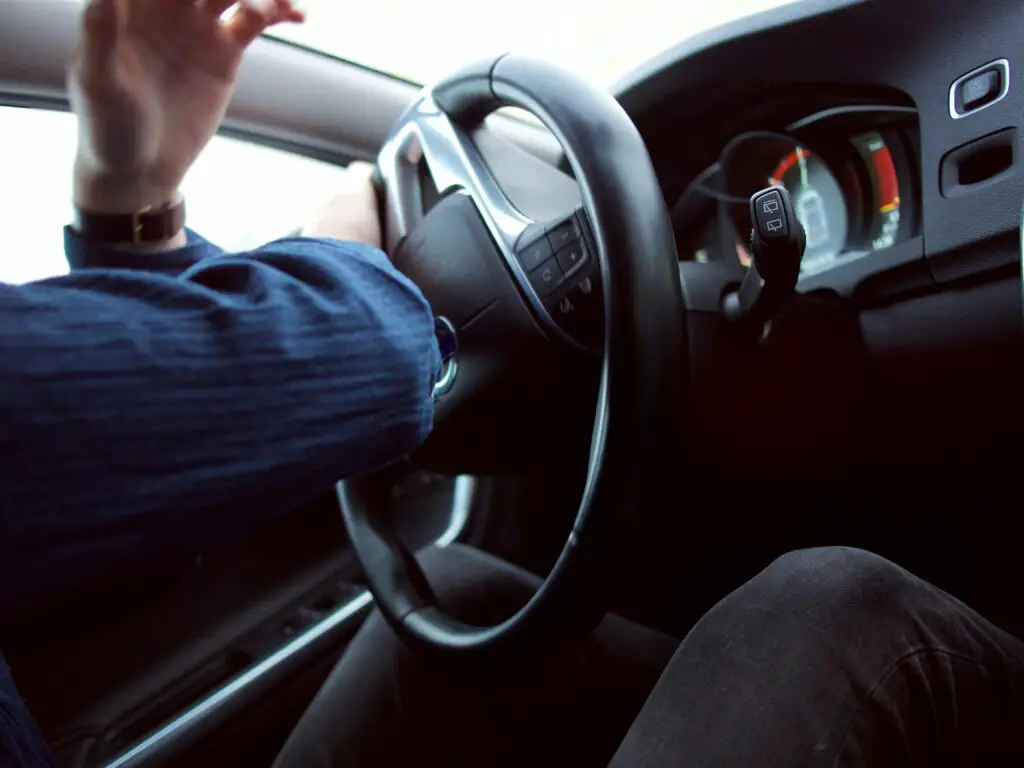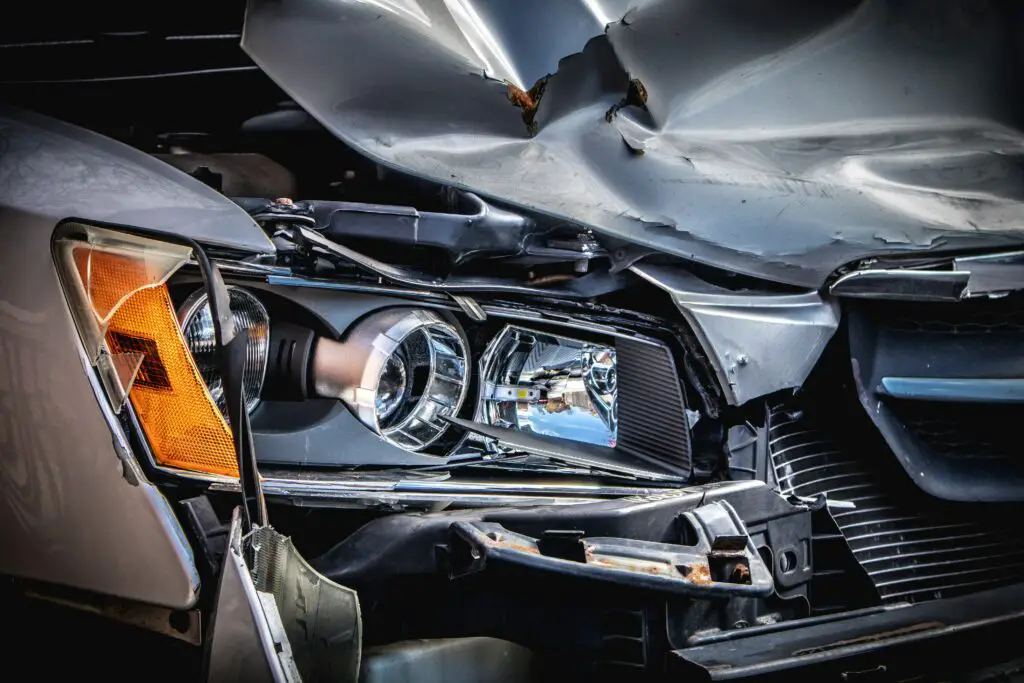Related Posts
We often hear that many accidents happen within five miles of our home when we learn to drive. Driving authorities say this is because most homes are in residential areas with fewer traffic signals and more distracted driving. Even with the five-mile radius, most aren’t expecting to experience a crash as they pull out of their driveway. Sadly, many people, including the woman in this video, have experienced a crash outside their homes. Keep reading to learn more about who’s at fault in at-home collisions and how the last clear chance doctrine plays a role in liability analysis.
The security camera home footage shows a driver slowly reversing out of their driveway. After seemingly checking the road, they leave their driveway, occupying the neighboring road. The video seems boringly normal until a red truck quickly flies into the frame. The truck continues along with their speed, likely not having seen the driver coming out of the driveway. Both cars eventually collide, causing a minor crash.
Who’s liable in this situation? Can the last clear chance doctrine apply to this clip?
An Attorney’s Opinion: Who’s At Fault
TikTok attorney Ugo Lord explains several legal ideas that apply to the video. First, right-of-way laws clearly state that reversing vehicles must yield to other vehicles on the road. This rule is crucial in parking lots, where many drivers are reversing and leaving parking spots. In most accidents involving a reversing vehicle, the driver who reversed is usually liable.
The last clear chance doctrine also applies to this situation. This doctrine states that drivers must take any clear last opportunity to avoid a collision. They may be liable if a driver fails to take a clear chance that an ordinary driver would have taken.
In the video, the truck has a reasonably long time to react to the vehicle pulling out in the street. This time would have given them multiple chances and opportunities to brake or steer away to avoid a collision. A seasoned lawyer could argue that his failure to adhere to the last clear chance doctrine puts liability on them.
Situations like this are great examples of how multiple legal ideas can compound in a singular event. Unless people can resolve the accident themselves, insurance companies, or even a civil court, would likely have to analyze the situation with these various legal ideas.
Who’s Liable in a Reversing Collision?

Determining liability in normal car collisions can already be a headache. Details can become especially confusing and misunderstood when one vehicle is reversing during the time of the collision. For most accidents involving reversing collisions, the driver who was reversing takes on liability. Some important rules for reversing drivers are:
- Drivers reversing into a roadway or parking lot must yield the right of way to vehicles in motion. It is always the responsibility of the person reversing to check and make sure the coast is clear before driving. Failure to do so typically puts liability on the reversing driver.
- Drivers reversing from a home driveway must yield to oncoming traffic. Similar to driving on roadways and parking lots, it is expected that drivers take due diligence to check their surroundings before leaving their driveway.
- Once a reversing driver occupies a roadway, oncoming drivers are expected to yield. When reversing, there may be instances in which other drivers come from behind you before you can fully move forward. When a reversing driver occupies most of the roadway, other reasonable drivers should yield to allow them to complete their reverse.
While these rules may usually place liability on the reversing driver, there are situations when other drivers can be liable. Most notably, if there is negligence, reckless driving, failure to yield, or speeding, other drivers can take on responsibility. It is common for reversing drivers to use legal ideas such as the last clear chance doctrine to argue their innocence in an accident.
The Last Clear Chance Doctrine

The last clear chance doctrine is a tort concept that is used in situations that involve negligence from both the plaintiff and defendant in accidents. It can be used by both plaintiffs and defendants in any given case. For negligent plaintiffs, they can prove that the defendant failed to take a last clear chance to avoid an accident. Likewise, defendants may use the last clear chance doctrine as a defense to show that a plaintiff failed to take reasonable action.
In the car video above, the reversing driver would be liable for not being aware of their surroundings while driving. At the same time, they could argue that the truck driver failed to brake or take a last clear chance of preventing the accident.
The last clear chance doctrine can be fairly confusing since it relies on contributory negligence. Thus, it often requires a well-practiced legal professional who has substantial evidence.
Summary
Many people aren’t aware of the small rules that govern who is liable when we are reversing in our cars. While seemingly unimportant, these rules become essential when pedestrian, parking lot, or driveway accidents occur.
Speaking generally, the reversing driver is usually responsible for checking that it is safe to reverse. At the same time, other drivers can also exercise any last clear chance to avoid collisions.
If you or someone you know has recently been in a reversing accident and are seeking litigation, it is always recommended to seek guidance from expert legal professionals.

